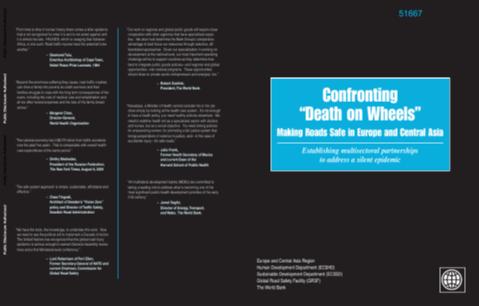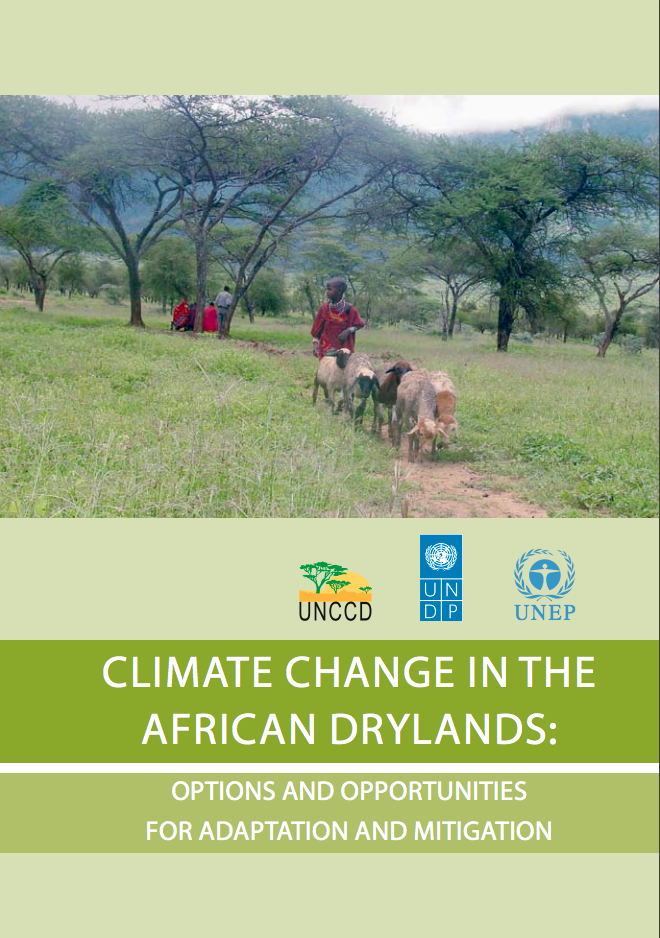Assessing the Protection of Forest-based Environmental Services in the Greater Mekong Subregion
This paper examines the drivers of deforestation and the loss of forest services, and the various mechanisms that exist to protect forests in the Greater Mekong Subregion (GMS). In most cases policy mechanisms play a greater role in forest protection than payment for environmental services (PES) which has yet to develop in the subregion. Scenarios presented suggest that higher income countries will have much greater scope in protecting forest environmental services that low income countries.





